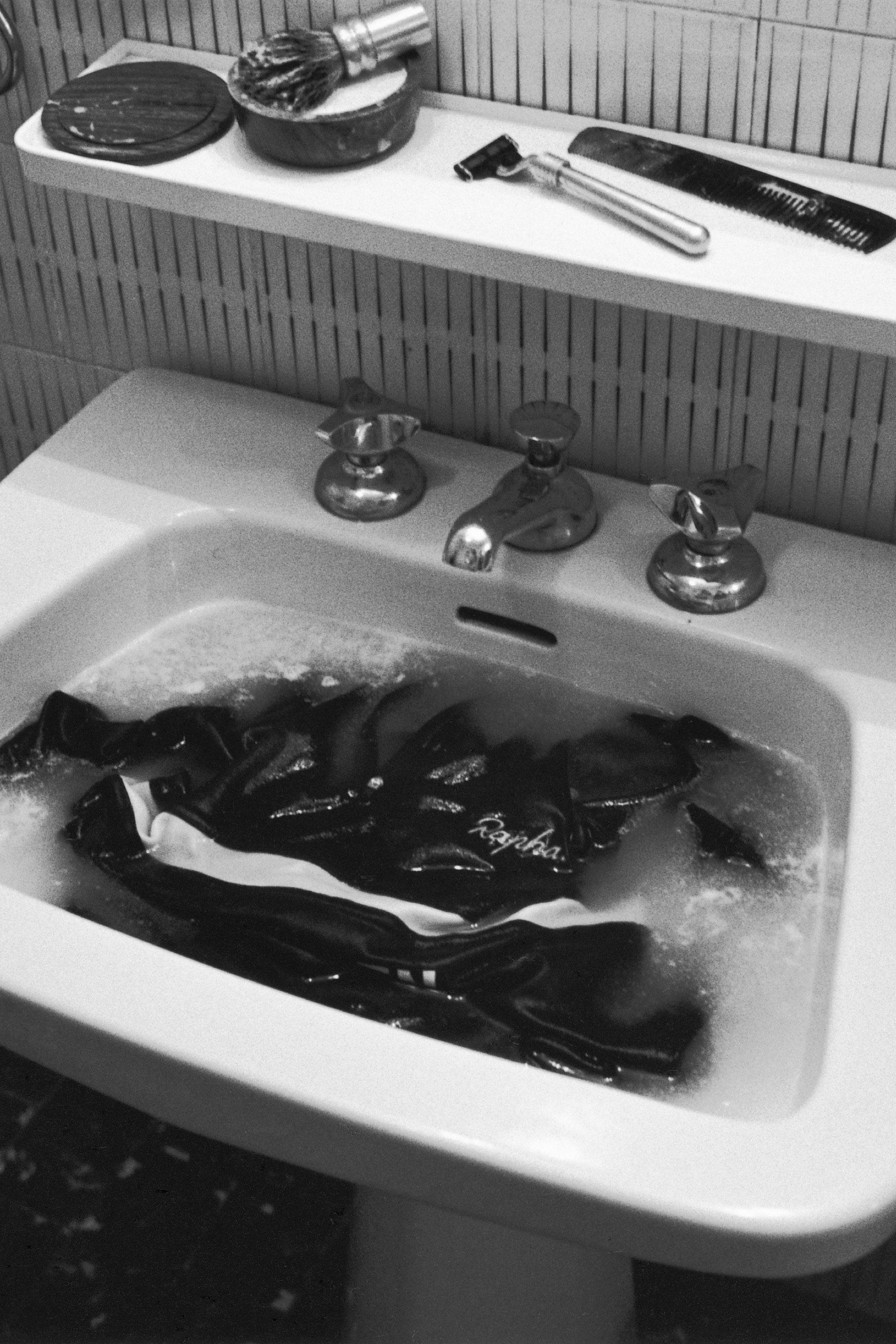Why We Use Merino Wool
Merino wool is a key fibre for Rapha. It creates a versatile, high performance material with many benefits. Wool has natural thermoregulation properties (for both cold and warm weather) and can keep you warm even when wet. It has excellent wicking and moisture management as well as good UV protection; wool is lightweight, naturally anti-bacterial and keeps its shape. In addition to this, merino wool has a very soft hand feel when compared to synthetic fibres such as polyester. Wool is recyclable, biodegradable, renewable and completely natural as well as being durable and long lasting. All these qualities combine to make merino wool the perfect choice in many of our best-loved products from base layers to socks.
How Wool Degrades
As well as being very durable and hard-wearing, merino wool has natural antibacterial properties, meaning it doesn’t need to be washed quite so often as synthetic fibres. Washing does help to prevent the build-up of fibres that can lead to pilling but, in short, merino is one of nature’s little miracles.








